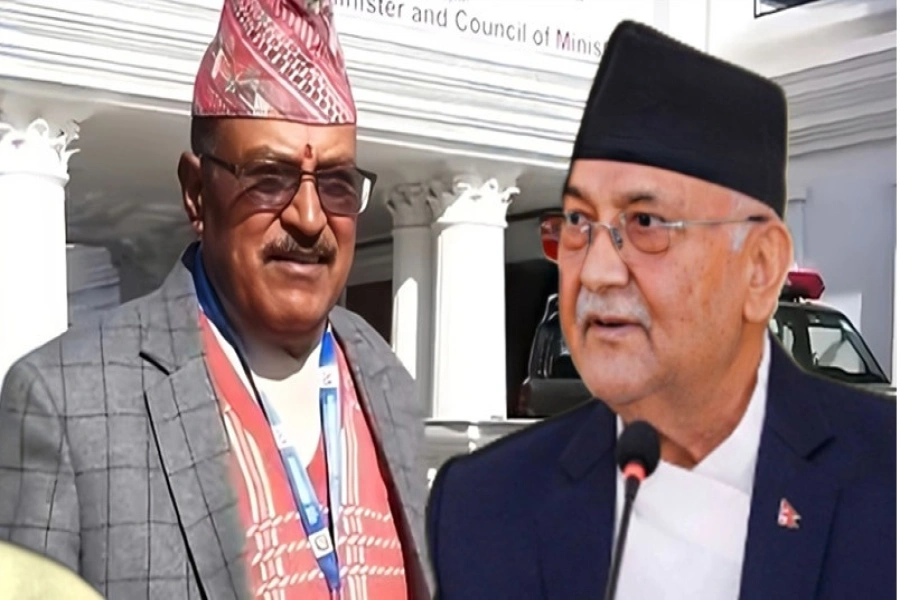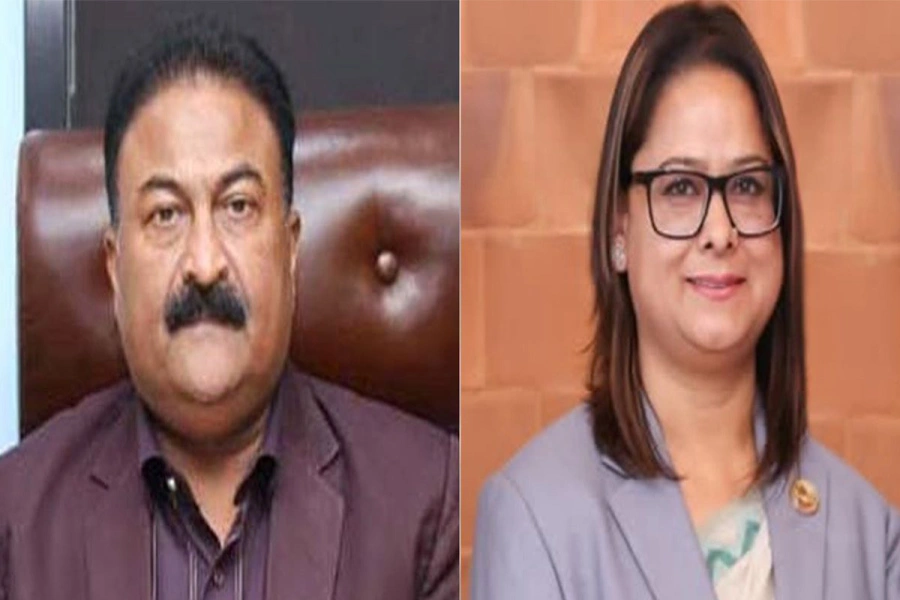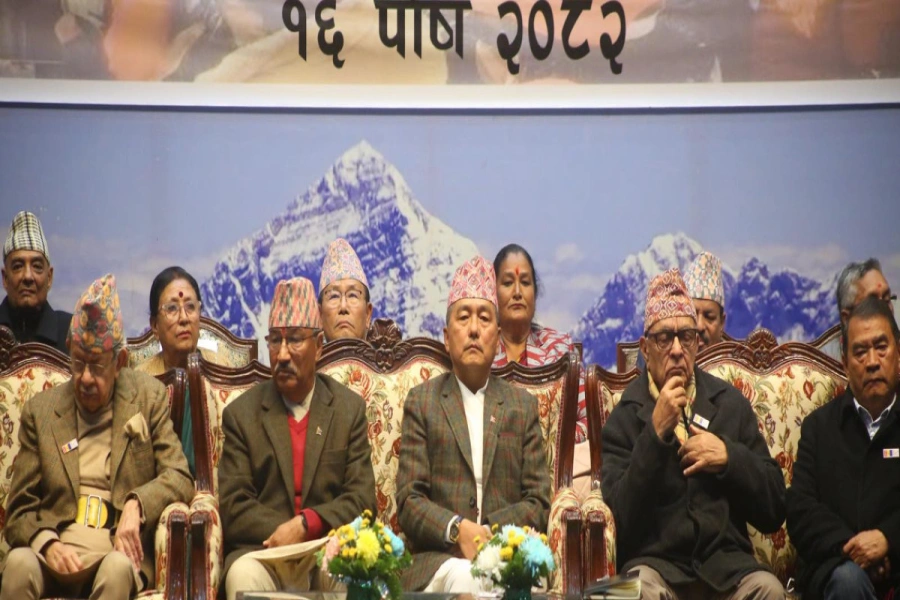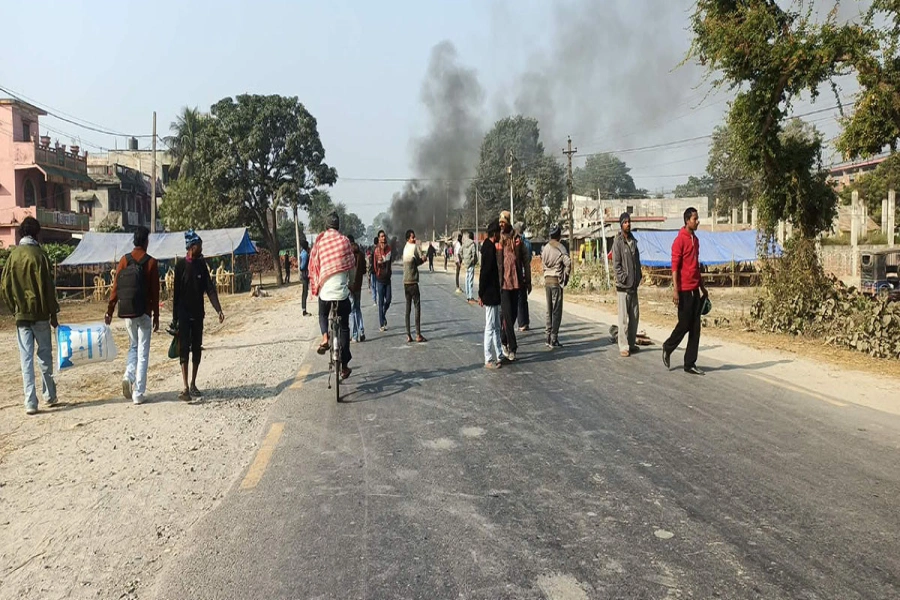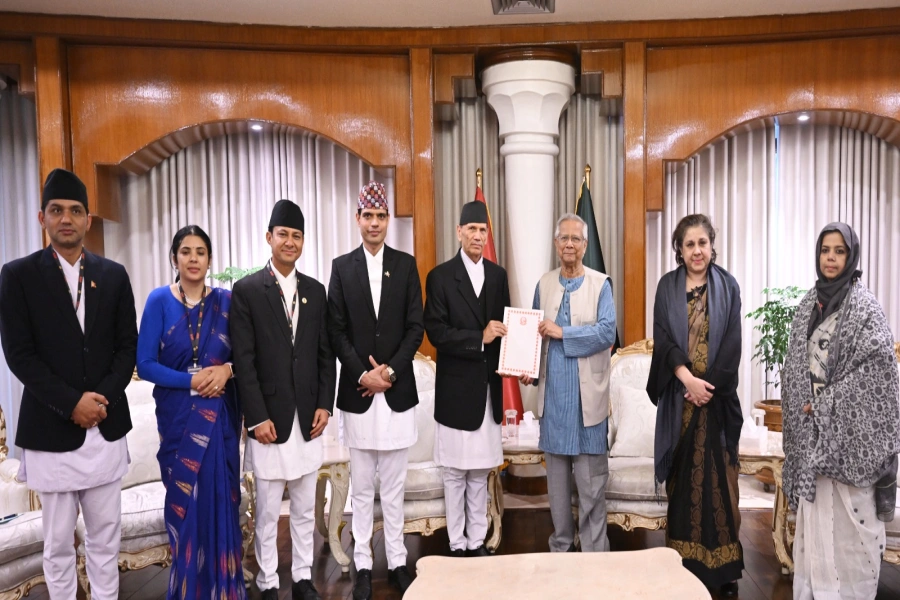KATHMANDU, Mar 21: As Sophia, the first humanoid robot was unveiled, more than 200 audiences stood not to miss the sight. Hands holding phones stretched as high as possible to record the robot that spoke and exhibited human emotions. Clearly, Sophia had stolen the show. Scroll down for video.
Designed by Hanson Robotics, Sophia uses voice- and face-recognition technology combined with artificial intelligence to carry on conversations with humans. The human robot was part of the United Nations Development Programme’s conference on “Technology for Public Services/Development” on March 21.
The conference was organized to stress commitment of the UNDP to facilitate discussions on how technology and innovation could contribute to strengthen good governance and help to achieve Sustainable Development Goals.
“UNDP believes that technology and innovation could play an important role in helping the local governments ensure better service delivery, even in physically remote areas. With technological innovations, such as e-education, tele-medicine, and internet, it is possible to connect remote areas and people with solutions which were impossible earlier.”
Sophia expressed that technology and innovation could reduce geopolitical gaps while opening endless possibilities for Nepal’s development. “Not all of global technology is expensive,” the humanoid robot said, “a lot are affordable and accessible.”
Intel launches 500 drones into sky, breaks world record

Sophia added that technology and innovation would help communities have increased access to information, promote transparency and efficiency. “Technology will also increase access of telemedicine and learning—thereby helping to promote sustainable development goals.”
Medical drone could push
With ample cases where patients suffer and die in lack of timely health care services, a medical drone could hold key to improve access in remote Nepal. Mahavir Pun, chairman of Nepal Innovation Center, argues so.
The Center is developing two prototypes, an octocopter and a fixed-wing drone, each with ranges of 15 and 30 km respectively.
Connected to nearest hospitals and health posts as hubs, the drones, built by Nepali engineers, will help to connect rural communities and urban areas for better and timely health care services.
"The drones will be capable to carry medicines and collect body fluid samples with 3 kg of maximum load," Pun said.
With drones delivering medicines and food already in use in the West, Pun said," importing such drones will again increase our trade deficits. The reason we are developing our own is to reduce increasing imports, promote our engineers, skills and have our own production."
In addition, Pun shared that at a time where innovations and patents are being made registered, it was crucial for Nepal to follow suit." As long as innovations don't come under our purview, we cannot prosper in the world."
Dr. Manish Pokhrel also stressed that technology was key to promote tele-education and that Kathmandu University was also testing drones to increase accessibility to outreach centers.
Kathmandu University Hospital currently has Telemedicine services that connect 20 health facilities in rural Nepal.




